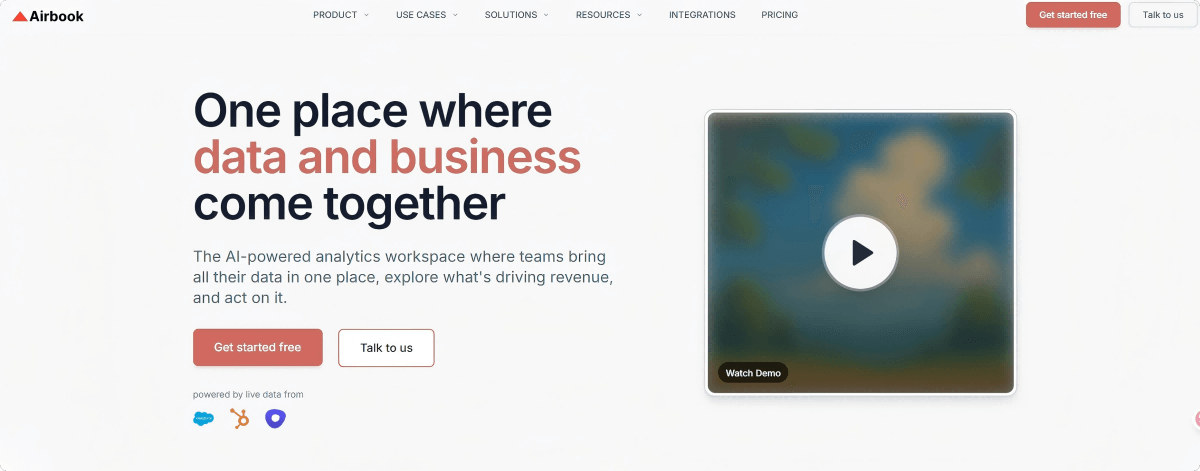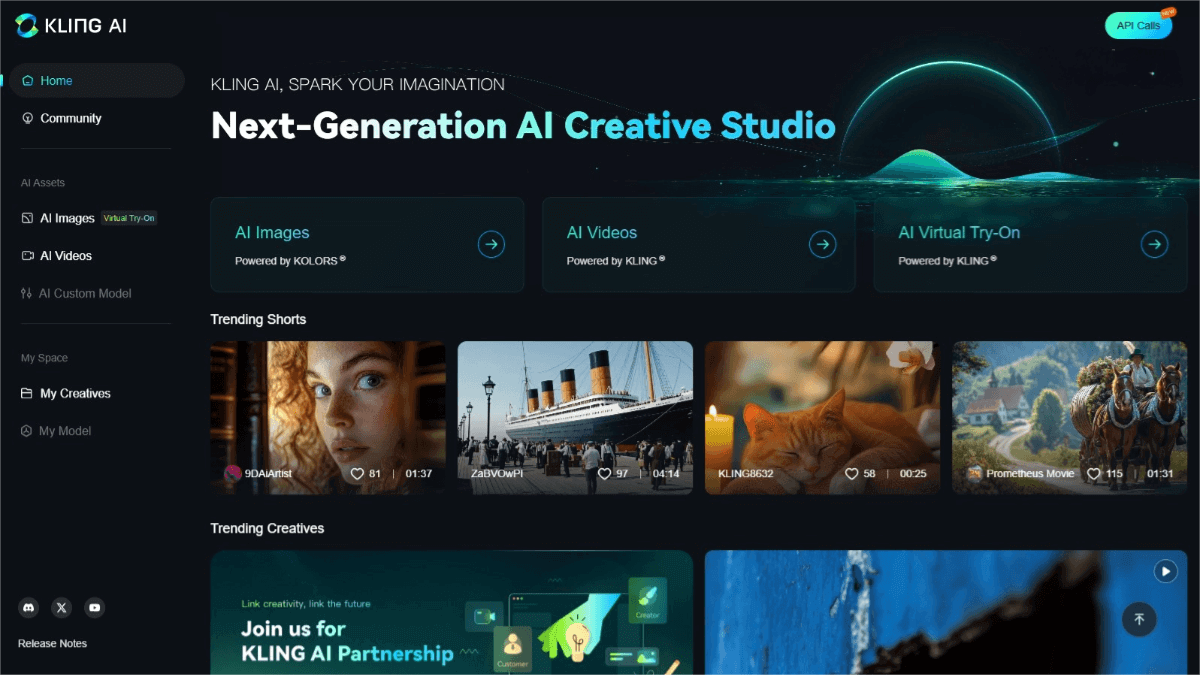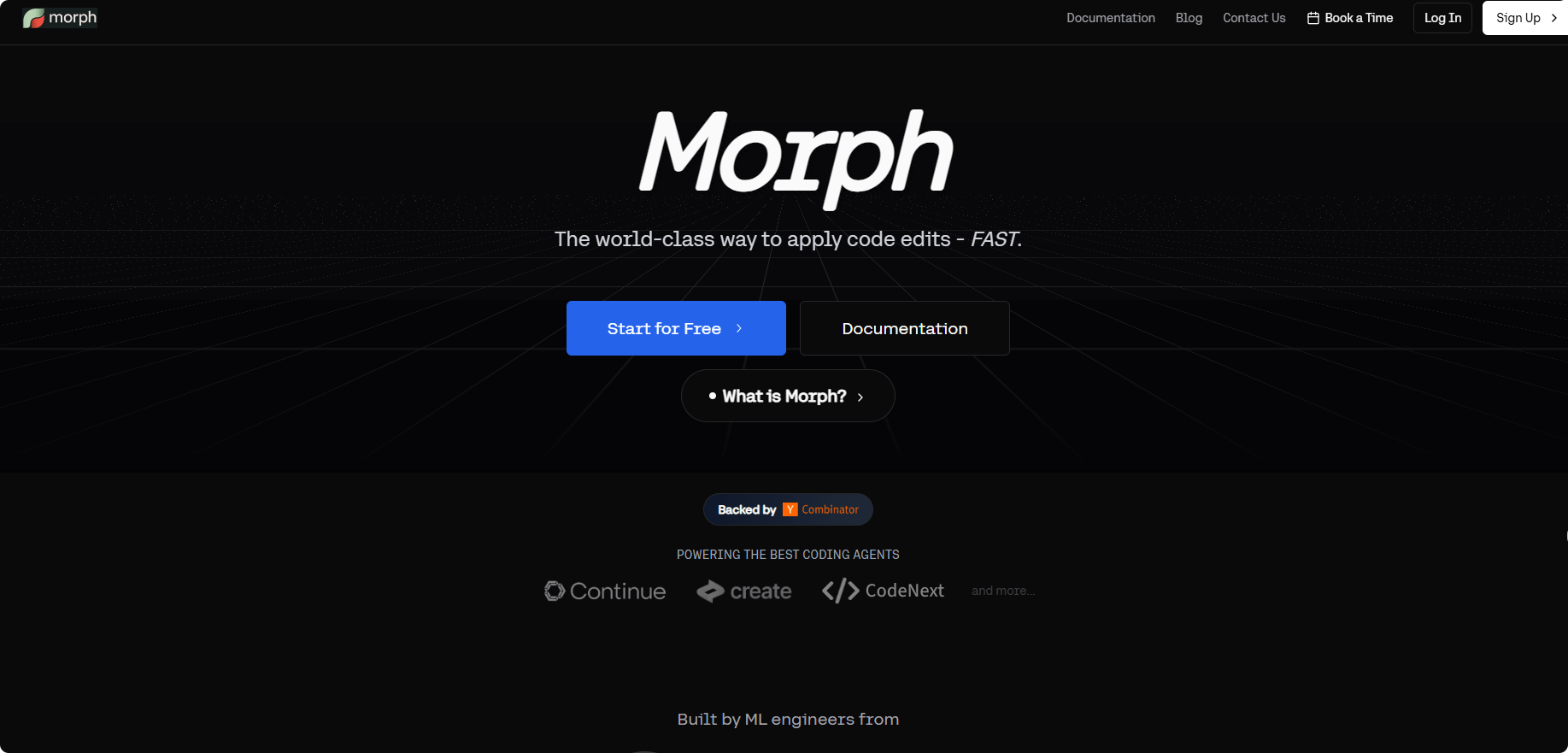What is Airbook?
Airbook is an AI-powered GTM (Go-to-Market) data platform designed for enterprise data analysis and operations. It integrates data centralization, intelligent analytics, visualization, and workflow automation into a single platform. Airbook supports connections to a wide range of business tools and data sources—such as CRM, marketing tools, and financial systems—enabling data synchronization and cleaning without the need for complex engineering support. Users can simply ask questions in plain English to quickly obtain answers to complex analytical queries, as the platform automatically generates SQL queries and returns results. Airbook offers three modes of operation—SQL IDE, no-code visualization, and AI assistant—catering to different user needs and supporting the rapid creation of charts and dashboards, enabling a closed loop from insight to action.

Key Features
-
Data centralization: Connects multiple data sources and centralizes data without engineering support, pulling from CRM, product, marketing, financial tools, and more.
-
Intelligent analytics: AI-powered; users can ask questions in English and get quick answers to complex queries, with automatic SQL query generation.
-
Visualization & dashboards: Easily create charts and dashboards, with analytical results transformed into dashboards or workflow triggers to enable closed-loop insights-to-action.
-
Workflow automation: Reduces data preparation time, allowing team members to self-serve data needs, centralize governance, and minimize redundant work.
-
Security & accessibility: Provides granular role-based access and permission controls, ensuring data security and compliance with top industry standards.
Official Website
Use Cases
-
Marketing campaign effectiveness evaluation: Analyze the impact of different marketing campaigns on user activation, conversion, and revenue, measuring ROI across channels with full-funnel tracking from first touch to closed deal.
-
Sales and customer support collaboration: Identify deals closed by sales reps with high product usage, detect accounts that submitted the most support tickets before churn, and enable sales, support, and finance teams to share data and collaborate seamlessly.
-
Product usage & user behavior analysis: Gain insights into product feature adoption and user behavior flows, such as which features are most used by customers from the latest paid campaign, or which qualified leads originate from organic traffic.
-
Customer lifecycle management: Track conversion rates from visitor to lead to revenue, identify critical touchpoints and bottlenecks in the customer lifecycle, and deliver personalized customer service.
-
Business process optimization: Automate data processing and analysis to reduce manual preparation time, improve efficiency, and streamline business operations.




